235 vs 285 Tires
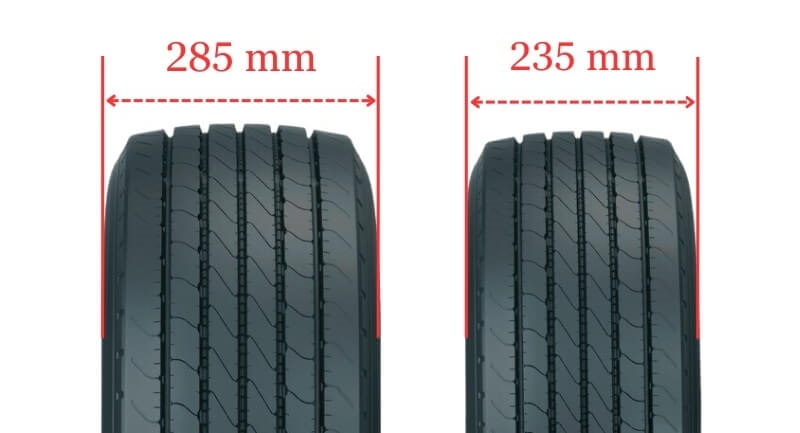
The main difference between a 235 tire and a 285 tire is the width – a 285 tire is 50mm (or about 2 inches) wider than a 235 tire. This translates to a 21% increase in tread width for the larger 285 tires.
235 vs 285 Table
This comparison table will provide you with a clear overview of the differences between the options.
| Tire Size 235 | Tire Size 285 |
|---|---|
| More responsive handling | Slightly less responsive handling |
| Better fuel efficiency | Slightly worse fuel efficiency |
| Lower noise on road | Slightly more noise on road |
| Lower traction in mud or snow | Better traction in mud or snow |
| Higher ride comfort on smooth roads | Lower ride comfort on smooth roads |
| Higher stability at high speeds | Lower stability at high speeds |
| Lower ground clearance | Slightly higher ground clearance |
| Less prone to hydroplaning | Slightly more prone to hydroplaning |
| More even tire wear | Slightly less even tire wear |
| Lower aesthetic appeal | Higher aesthetic appeal |
| More accurate speedometer reading | Less accurate speedometer reading |
Ground Clearance
The larger 285 tire will provide slightly more ground clearance due to its taller sidewall. This extra clearance can help prevent scraping or damaging the undercarriage on rough roads or off-road conditions.
However, the lower profile 235 tire will result in a slightly higher speedometer reading.
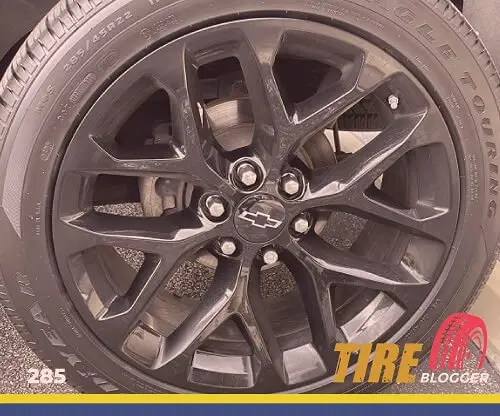
Gas Mileage
The 235 tire’s smaller contact patch and lower rotational mass give it a fuel efficiency advantage over the wider 285.
With today’s focus on improving gas mileage, the 235 is the better choice for daily commuting and long highway drives. The minimal difference in efficiency will add up over thousands of miles.
Ride Comfort
While the 285 offers a smoother ride off-road, the 235 provides a more comfortable experience on paved roads.
The lower profile 235 absorbs less impact but transmits fewer vibrations on smooth highways and city streets. For an all-around comfortable ride, the 235 is the way to go.
Aesthetics
The wider 285 tire provides a more aggressive, rugged look, especially on trucks and SUVs. However, the narrower 235 contributes to a vehicle’s aerodynamic efficiency.
For aesthetics alone, personal taste will determine whether the 285’s wider footprint or the 235’s aerodynamic styling is more appealing.
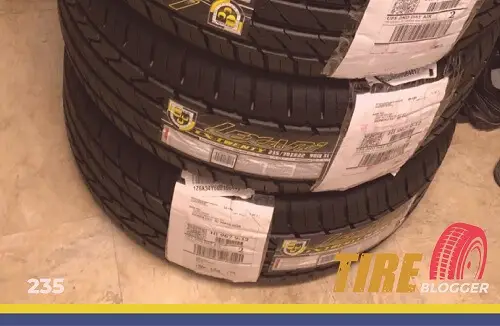
Handling & Stability
The 235 tire delivers quicker steering response and enhanced handling on pavement compared to the wider 285.
The 285 provides improved traction and stability in off-road conditions thanks to its larger contact patch. For responsive daily driving, the 235 is ideal, but the 285 offers an advantage in mud or uneven terrain.
Noise & Vibration
While the narrower 235 transmits more road irregularity vibrations, it provides a quieter ride on smooth roads.
The large air volume and added sidewall of the 285 help absorb vibrations but generate more noise due to the tread. Overall, the difference in noise and vibration between the two tire sizes is minimal.
Durability & Wear
The lower profile 235 tire often exhibits more even treadwear and a bit longer life than the larger 285.
However, the wider 285 is built to withstand more impacts and absorb more stress from potholes or off-road conditions. For the most extended tread life with normal driving, the 235 has a slight durability advantage.

Adverse Conditions
In snowy or icy conditions, the thinner 235 can cut through to the road surface better than the wider 285.
But for specific muddy or rugged off-road situations, the 285’s added traction provides an advantage thanks to its larger contact patch. On balance, the difference in snow or mud traction between the two tire sizes is small.
Speedometer
Due to its slightly larger overall diameter, the 285 tire will register a slightly lower speedometer reading than the 235 at any given speed.
This difference is minimal but worth considering if accurate speed is vital. Overall, either tire size should maintain a speedometer accuracy within acceptable limits.
Difference Between 235 and 285 Tires
The main difference between 235 and 285 tires is the section width, with 285 tires being 50mm wider than 235 tires. This difference in width affects various aspects of vehicle performance and handling.
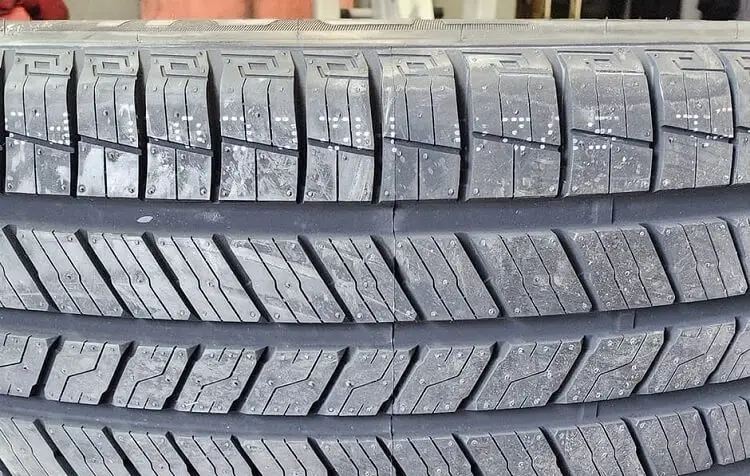
Can I Replace 235 Tires With 285
No, it is not recommended to replace 235 tires with 285 tires. The ideal rim width range for 235 tires (7.0-8.5 inches) does not overlap with the range for 285 tires (9.0-10.5 inches), making them incompatible.
Can I Replace 285 Tires With 235
No, replacing 285 tires with 235 tires is not advisable. The ideal rim width range for 285 tires (9.0-10.5 inches) does not overlap with the range for 235 tires (7.0-8.5 inches), indicating incompatibility.
Can You Put a 285 Tire on a 235 Rim
No, you cannot put a 285 tire on a rim designed for 235 tires. The ideal rim width range for 235 tires (7.0-8.5 inches) is too narrow to accommodate the wider 285 tires (9.0-10.5 inches).
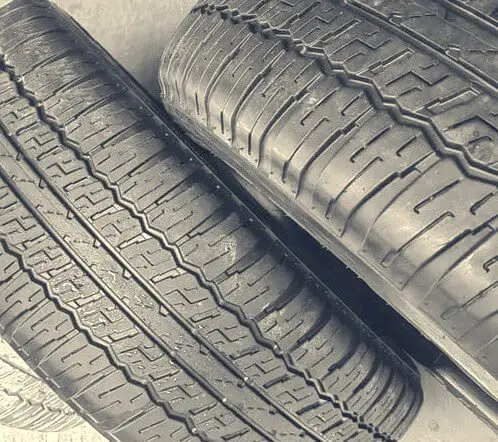
Can You Put a 235 Tire on a 285 Rim
No, putting a 235 tire on a rim meant for 285 tires is not recommended. The ideal rim width range for 285 tires (9.0-10.5 inches) is too wide for the narrower 235 tires (7.0-8.5 inches).
Our Observation
After reviewing the comparisons between 235 and 285 tire widths, I feel the 285 is better suited for my needs. The marginally reduced gas mileage is a worthwhile trade-off for the improved stability, traction, ground clearance, and aesthetics the wider tires provide.
As an avid off-road enthusiast, I frequently navigate uneven terrain and value the subtle comfort and control advantages of the 285. While the 235 may exhibit slightly better wear and efficiency, I prioritize capability over longevity.
For my purposes, the wider stance and tread make the 285 the superior choice. The minor downsides in handling and road noise are acceptable to me. Based on my priorities, I prefer the 285 over the 235 for both styling and performance.

Meet Caitlin McCormack, a Tire Size Expert and Blogger Passionate About Everything Related to Tires. With Years of Experience in the Tire Industry, Caitlin Has Become an Expert in Tire Sizes and Their Impact on Vehicle Performance.
